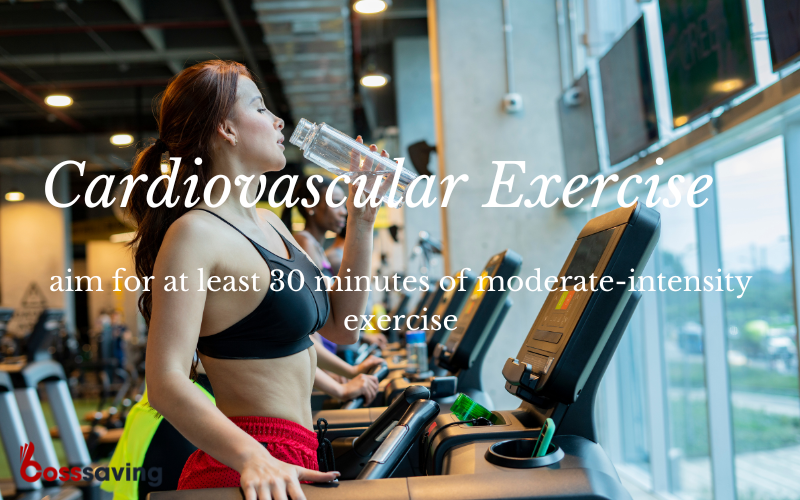Lung capacity is the total amount of air that can be taken in and expelled from the lungs. It is a vital aspect of respiratory health and plays a significant role in determining overall fitness levels. Many people struggle with low lung capacity due to various reasons such as smoking, pollution, lack of exercise, and other respiratory conditions. The good news is that there are ways to increase lung capacity, and in this blog post, we will explore some of the most effective methods.
- Breathing Exercises:

One of the most effective ways to increase lung capacity is through breathing exercises. These exercises involve slow and deep breathing techniques that help to strengthen the lungs and improve their function. There are several types of breathing exercises, and some of the most popular ones include:
- Diaphragmatic breathing: This involves breathing deeply, pushing the stomach out while inhaling and pulling it in while exhaling.
- Pursed-lip breathing: This involves inhaling through the nose and exhaling through pursed lips as if blowing out a candle.
- Alternate nostril breathing: This involves inhaling through one nostril and exhaling through the other.
- Belly breathing: This involves inhaling deeply, filling the belly with air, and exhaling slowly.
By practicing these breathing exercises regularly, you can increase your lung capacity and improve your overall respiratory health.
- Cardiovascular Exercise:

Cardiovascular exercise is another effective way to increase lung capacity. This type of exercise involves any activity that increases your heart rate and breathing rate, such as running, cycling, swimming, or aerobics. Cardiovascular exercise helps to strengthen the heart and lungs, which leads to improved oxygen uptake and delivery throughout the body.
Regular cardiovascular exercise can increase lung capacity by increasing the strength and endurance of the respiratory muscles, improving lung elasticity, and reducing inflammation in the airways. To get the most benefit from cardiovascular exercise, aim for at least 30 minutes of moderate-intensity exercise, five days a week.
- Quit Smoking:

Smoking is one of the most significant causes of low lung capacity, and quitting smoking is one of the most effective ways to increase lung capacity. Smoking damages the airways and alveoli in the lungs, reducing their ability to function correctly. Over time, smoking can lead to chronic obstructive pulmonary disease (COPD), a condition that causes permanent lung damage.
If you are a smoker, quitting smoking can be challenging, but it is essential for improving your respiratory health. There are many resources available to help you quit smoking, including nicotine replacement therapy, support groups, and counseling.
- Yoga:

Yoga is a form of exercise that involves a series of poses, breathing techniques, and meditation. It has been shown to be effective in increasing lung capacity, improving breathing, and reducing stress. Certain yoga poses, such as the Cobra pose and the Bridge pose, can help to open up the chest and increase lung capacity.
In addition to the physical benefits, yoga can also improve mental health, which is essential for overall well-being. Practicing yoga regularly can help to reduce stress, anxiety, and depression, which can have a significant impact on respiratory health.
- Breathing Devices:

There are several breathing devices available that can help to increase lung capacity, including spirometers, incentive spirometers, and positive expiratory pressure (PEP) devices. These devices work by providing resistance to breathing, which helps to strengthen the respiratory muscles and improve lung function.
AirPhysio is an OPEP device that utilizes oscillating positive expiratory pressure (OPEP) to enhance lung function, allowing for better breathing and removal of unwanted substances from the airways. This device is also referred to as a lung training system, breathing trainer, among other names.
You can see the review of Airphysio here
Spirometers are devices that measure lung function, allowing you to track your progress over time. Incentive spirometers are devices that provide visual feedback during breathing exercises, making it easier to monitor progress and adjust breathing technique.
PEP devices are devices that provide resistance to exhalation, helping to clear mucus from the airways


